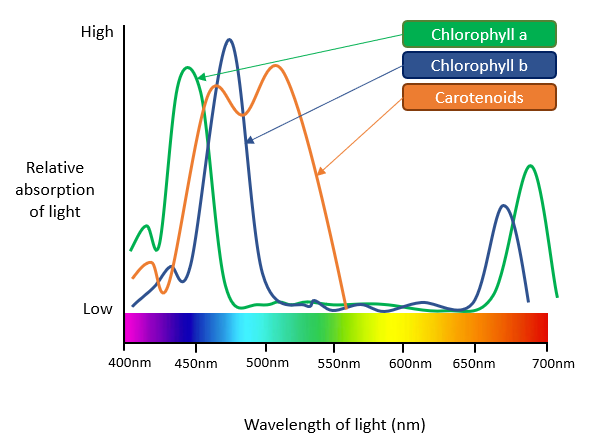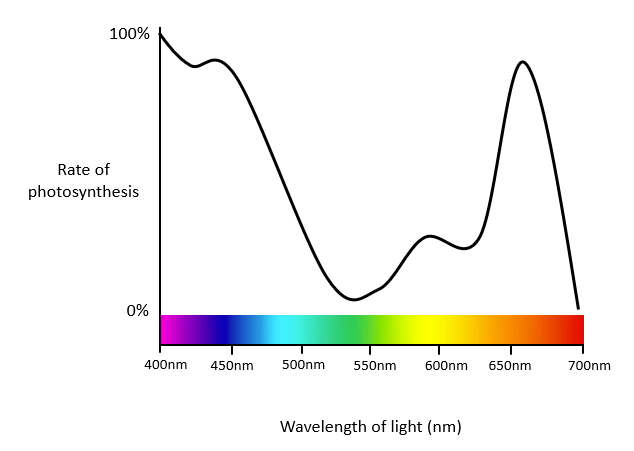Food supply, plant growth and productivity
1/14
There's no tags or description
Looks like no tags are added yet.
Name | Mastery | Learn | Test | Matching | Spaced |
|---|
No study sessions yet.
15 Terms
Describe food security
Food security is the ability of human populations to access food of sufficient quality and quantity
State why food production has to be increased
Increases in human population and concerns for food security leads to a higher demand for increased food production
Food production must be……
Sustainable and not degrade the natural resources on which agriculture depends
How can food production be increased
-Breeding of higher yielding cultivators
-Use of fertilisers
-Protect crops from pests, diseases and competition
What do breeders seek to develop crops with?
-High nutritional values
-Resistance to pests and diseases
-Physical characteristics suited to rearing and harvesting as well as those that can thrive in particular environmental conditions
Describe agricultural production in terms of crops and plant growth
The are to grow crops is quite limited
All food production is dependent on photosynthesis and factors which control photosynthesis.
Compare livestock produce to crop plants
Livestock produce less food per unit area than crop plants due to a loss of energy between trophic levels
Livestock production is often possible in habitats unsuitable for growing crops
State the 3 fates of light energy and name the main photosynthetic pigments
Light energy can be:
-Reflected
-Absorbed by photosynthetic pigments to generate ATP
-Transmitted
Explain the absorption spectra of the photosynthetic pigments
Each photosynthetic pigment absorbs different wavelengths of light. The absorption spectra shows the wavelength of light that each pigment absorbs

Compare the absorption spectra with the action spectra
The absorption spectra shows the wavelength of light that each pigment absorbs whereas the action spectra shows the relative rate of photosynthesis at different wave lengths of light.

Describe how light energy generates ATP when absorbed by the photosynthetic pigment
Absorbed light energy excites electrons in the pigment molecule. The transfer of these electrons through the electron transport chain releases energy to generate ATP by ATP synthase
Describe photolysis
Photolysis uses light energy to split water into hydrogen ions and oxygen
Oxygen is released and the hydrogen ions are transferred to the co-enzyme NADP to form NADPH
Describe carbon fixation
The enzyme RuBisCO fixes carbon dioxide by attaching it to ribulose bisphosphate. (RuBP) producing 3-phosphoglycerate (3PG)
The 3-phosphoglycerate is phophorylated by ATP and combined with hydrogen ions from NADPH to form glyceraldehyde-3-phosphate (G3P)
Glyceraldehyde-3-phosphate is used to regenerate RuBP and for the synthesis of glucose
State the uses of glucose